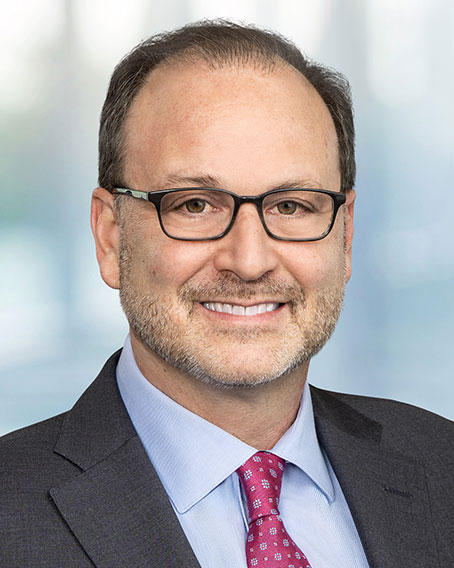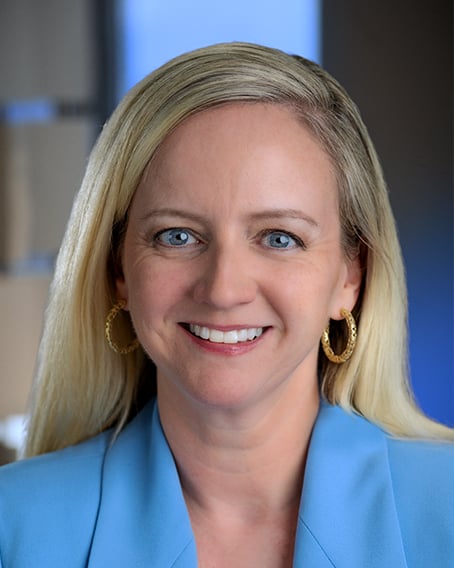On April 23, 2021, President Biden signed into law changes related to generic drugs and biosimilars: an amendment to the Federal Food, Drug, and Cosmetic Act (“FDCA”) (21 U.S.C. § 301 et seq.)1, and the Advancing Education on Biosimilars Act of 2021. The amendment to the FDCA narrows the scope of eligibility for non-patent market exclusivities for innovator products by basing such exclusivities on the drug’s “active moiety,” rather than its “active ingredient.” The Advancing Education on Biosimilars Act of 2021 creates requirements to distribute educational materials to medical providers and the general public about biological products, biosimilar biological products (“biosimilars”), and interchangeable biological products (“interchangeable products”). The two laws are aimed at expanding access for generic drug applicants and increasing awareness of, in particular, lower-cost biosimilar products.
Hatch-Waxman Background
The original Hatch-Waxman Amendments of 1984 to the FDCA provided that an approved drug application for a new chemical entity (“NCE”) was entitled to five years of market exclusivity. The law expressly stated that if an application is submitted for a drug whose “active ingredient (including any ester or salt of the active ingredient)” has not been approved in any other application, no other applications that refer to the drug may be submitted for a period of five years from the date of that drug’s approval. The period is shortened to four years if a generic applicant’s application contains a certification of patent invalidity or non-infringement. 21 U.S.C. §§ 355(c)(3)(E)(ii); 355(j)(5)(F)(ii).
Similarly, the Hatch-Waxman Amendments granted three years of market exclusivity for applications of previously approved products that otherwise required new clinical investigations. Specifically, the law noted that if an application is submitted for a drug whose active ingredient has been approved in another application under Section 505(b), and the new application contains reports of new clinical investigations, other than bioavailability studies, that are considered “essential to the approval of the application” and were conducted or sponsored by the applicant, no other applications for the same conditions of approval may be approved for three years from the date of the application. 21 U.S.C. §§ 355(c)(3)(E)(iii); 355(j)(5)(F)(iii).
While the law linked these regulatory exclusivities to a drug’s “active ingredient,” that term was not defined by statute, nor was it defined in FDA regulations in the context of exclusivity. Rather, it was defined, for other purposes, such as for good manufacturing practices, to mean:
any component that is intended to furnish pharmacological activity or other direct effect in the diagnosis, cure, mitigation, treatment, or prevention of disease, or to affect the structure or any function of the body of man or other animals. The term includes those components that may undergo chemical change in the manufacture of the drug product and be present in the drug product in a modified form intended to furnish the specified activity or effect. 21 C.F.R. § 210.3(b)(7).
The regulations further defined the term “new chemical entity” to mean “a drug that contains no active moiety that has been approved by FDA in any other [application] under section 505(b) of the FDCA.” 21 C.F.R. § 314.108(b) (italics added). In turn, the regulations define “active moiety” to mean:
the molecule or ion, excluding those appended portions of the molecule that cause the drug to be an ester, salt (including a salt with hydrogen or coordination bonds), or other noncovalent derivative (such as a complex, chelate, or clathrate) of the molecule, responsible for the physiological or pharmacological action of the drug substance. 21 C.F.R. § 314.3(b).
FDCA Amendment
The new amendment to the FDCA attempts to narrow the scope of market exclusivity granted to new drug applicants and new indications by tying exclusivity to a drug’s “active moiety” rather than to its “active ingredient.” The term “active ingredient” is considered more expansive than “active moiety,” in part because different modifications of the same active moiety may be considered different active ingredients. Despite the original statutory language, for purposes of exclusivity, FDA historically relied on the regulatory definition of “new chemical entity” and had generally interpreted the term “active ingredient” to mean “active moiety.”2 However, in 2015, a federal district court rejected FDA’s regulatory interpretation and concluded FDA’s approach could not be reconciled with the text, structure, or purposes of the Hatch-Waxman Amendments.3 The new FDCA amendment essentially codifies what had been FDA’s prior approach, and, in doing so, limits the scope of exclusivity for certain drugs, thereby allowing for earlier introduction of generic versions.
The amendment also makes conforming changes to a variety of sections in the FDCA to change the term “active ingredient” to “active moiety.” These sections include the requirement to publish an “action package” that consists of certain documents related to a drug or biological product approval package within 30 days (21 U.S.C. §§ 355(l)(2)(A)); referral to an advisory committee (21 U.S.C. § 355(s)); animal drug exclusivity 21 U.S.C. § 360b(c)(2)(F); priority review for tropical disease products (21 U.S.C. §§ 360n(a)(4)); priority review for rare pediatric disease products (21 U.S.C. § 360ff(a)(4); and material threat medical countermeasures (21 U.S.C. 360bbb-4a(a)(4)).
Advancing Education on Biosimilars Act of 2021
The Advancing Education on Biosimilars Act of 2021 amends the Public Health Service Act (“PHSA”) to add new Section 352A. The law requires the Secretary of the U.S. Department of Health and Human Services (“HHS Secretary”) to “advance education and awareness” among health care providers regarding biological products, including biosimilars and interchangeable products, including by developing or improving continuing education programs that advance the education of such providers on the prescribing of, and relevant clinical considerations with respect to, biological products, including biosimilars and interchangeable products.
The HHS Secretary may also create a website that provides educational materials for health care providers, patients, and caregivers regarding the meaning of the terms and standards for review and licensing of biological products, including biosimilars and interchangeable products.
The law also provides a list of topics that may be used in the educational materials, and notes that the materials may be in a variety of formats, such as webinars, videos, infographics, or other formats as appropriate and applicable. The materials may also be tailored to the “unique needs” of health care providers, patients, caregivers, and other audiences, as the HHS Secretary determines appropriate. The topics provided include:
- explanations of key terms (e.g., “biosimilar” or “interchangeable”) and clarifications regarding the use of interchangeable products;
- information related to development programs for biological products, biosimilars, and interchangeable products;
- explanation of the process for reporting adverse events;
- explanation of the relationship between biosimilars and interchangeable products and reference products, as defined in Section 351 of the PHSA, including the standards of review and licensing for each type of biological product.
Although the law includes reference to biological products, biosimilars, and interchangeable products, the intent behind the law is to enhance education specifically about biosimilar drug products in order to increase competition and lower the cost of biologic medicines. It remains to be seen whether the law will in fact increase health care providers’ desire to prescribe biosimilars, given how few biosimilars are currently approved for marketing by FDA. Nonetheless, manufacturers of biological products as well as biosimilars and interchangeable products need to be aware of the new law.
The change from active ingredient to active moiety under the new FDCA amendment may have the effect of allowing generic applicants to enter the market more easily than before. Although FDA has interpreted “active ingredient” to mean “active moiety” in the past, it has not always done so; the new law will require FDA to take a narrower approach to grants of regulatory exclusivity. Manufacturers of both branded and generic drugs should be aware of this new requirement. Manufacturers of branded drugs should be aware that it may be more difficult to obtain additional exclusivity for a new “active ingredient” that is not considered a new “active moiety.”
- The law is sometimes referred to by the popular name “Ensuring Innovation Act.”
- Defining Active Ingredient: The U.S. Food and Drug Administration’s Legal Interpretation of Regulatory Exclusivities, Congressional Research Service (December 10, 2019), available at https://www.everycrsreport.com/files/20191210_R46110_ebed4ef5dfbbfa3f075a8dca6db9b26ca379f96d.pdf.
- Amarin Pharmaceuticals Ireland Ltd. v. FDA, 106 F. Supp. 3d 196 (D.D.C. 2015).
Stay Up To Date with Ropes & Gray
Ropes & Gray attorneys provide timely analysis on legal developments, court decisions and changes in legislation and regulations.
Stay in the loop with all things Ropes & Gray, and find out more about our people, culture, initiatives and everything that’s happening.
We regularly notify our clients and contacts of significant legal developments, news, webinars and teleconferences that affect their industries.



